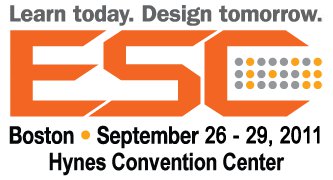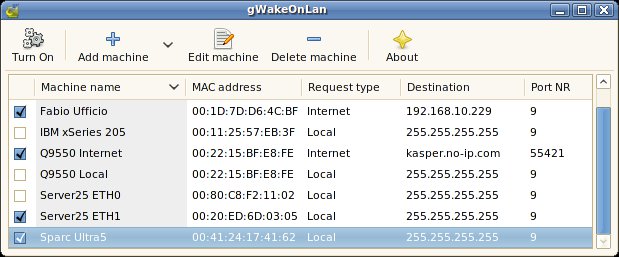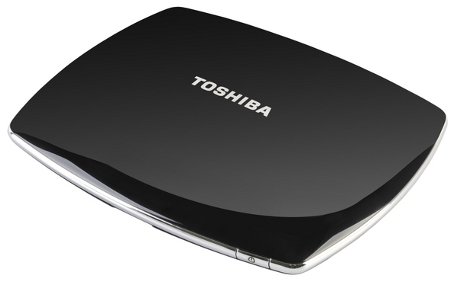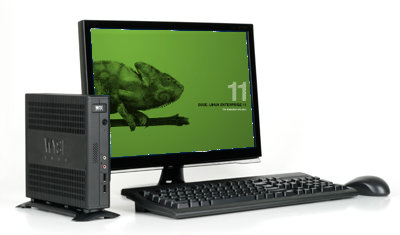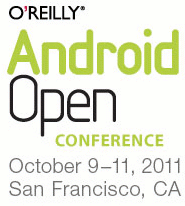ESC Boston 2011 will take place on the 26-29 September 2011, four days of hands-on training, educational sessions and an interactive exhibit hall. There are 5 programs during the event: ESC Boston – Embedded software development tutorials for Android, Linux, microprocessors, QA, C programming, etc… DesignCon East – Hardware tutorials, e.g. SDRAM debugging, hardware encryption… DesignMED – Embedded systems development for embedded medical devices. Designing with LEDs! – LED hardware and drivers. DesignDays – Embedded systems sessions mainly presented by semiconductor companies and hands-on tutorials on specific platforms such as Beagleboard or TI MSP430 Chronos Wireless Watch. There are simply too many sessions (over 170) to list them all here. So I’ll selected a few among ESC Boston and DesignDays that look particularly interesting: Android Jump Start (Monday 26 – 8:00 – 17:00) by William Gatliff (Consultant, Freelance) and Karim Yaghmour (CEO, Opersys Inc.) . The features that make Android a great cell […]
Wake On LAN in Linux with gWakeOnLan or etherwake
Wake on LAN (WOL) is networking standard that allows a computer to be turned on or woken up by a network message. The first thing is to enable WOL on the devices you want to wake up. In PCs, this can be configured either directly in the BIOS by enabling “Remote Wake Up”, either by modifying your network card settings. Here are 2 tools that have implemented this standard under Linux: gWakeOnLan: This GTK+ utility scans the MAC address on the LAN to detect available devices, you can then select to remotely start the device of your choice. In order to install gWakeOnLan,download the latest version of gWakeOnLan source code (currently 0.5.1), then extract it and run as follows: tar xvf gwakeonlan_0.5.1_all.tar.gz cd gwakeonlan-0.5.1 ./gwakeonlan Etherwake: Command line utility to perform Wake On Lan. It can be installed as follow in Ubuntu: sudo apt-get install etherwake To run it, simply add […]
Installing and running Xibo Linux Python Client in Acer Aspire One D255E
I have tried Xibo Linux Python Client 1.3.0 on my Acer Aspire One D255E netbook, here are the steps I followed. Install Ubuntu 10.04 LTS Since the client is only officially supported in Ubuntu 10.04 LTS, I had to install it first. After installation the network (ethernet and wifi) does not work, please visit Installing Ubuntu 10.04 LTS in Acer Aspire One D255E for the instructions to resolve the networking issues as well as make the SD card reader work properly. Upgrade Xibo Server to version 1.3.0 The next step I did was to update the Windows XP server to version 1.3.0. I followed parts of the server installation instructions I previously wrote for version 1.2.0. Download xibo-server-1.3.0.zip Extract its content to c:\xampp\htdocs\xibo Run XAMPP Control Panel and start Apache and Mysql. Go to http://localhost/xibo Enter the admin username and password, it will ask you if you want to do […]
Pogoplug Mobile: NAS for Mobile Devices
Cloud Engines is at IFA 2011 introducing the Pogoplug Mobile, a linux based NAS products specifically aimed at smartphones. It has a USB port to connect mass storage devices as well as a SD Card slot and an Ethernet port. There are 2 main use cases: Streaming: With a hard drive connected to the device (NTFS, FAT or other file systems are supported), you can stream music or video to your device from any place in a world as long as you have internet connectivity via 3G or Wifi. Media Upload: You take pictures or shoot videos with your smartphone and can upload them unto your hard drive via Pogoplug Mobile. To do those 2 tasks you’ll need to install an app on your iPhone or Android device. When you stream videos to your smartphone, the device will transcode the video to a format adapted to your smartphone, so that […]
Toshiba STB Stor-E TV Pro powered by Rockchip RK2918
IFA 2011 will officially start today (2nd of September) in Berlin until the 7th of September. But Toshiba has already showcased some of its products including the media player Toshiba STOR.E TV PRO powered by Rockchip RK2918 processors (ARM Cortex A8). This media player will allow any television with an HDMI port to have all the features of recent smart televisions. The STOR.E TV PRO has one HDMI output (1080p), 3 USB 2.0 ports, an Ethernet port, Wifi support, Bluetooth support (for the remote), a USB device port and a 2-in-1 card reader. Both sides of the remote can be used, there is a “dumb” side (my words) with 2 buttons and the arrow keys and the other side features a full keyboard. The set-top box will have the usual features such as video playback, picture display, music playback and web browser (based on webkit) with Adobe Flash Plugin 10.2 […]
Wyse Announced Two Linux Thin clients: Z50S and Z50D
Wyse Technology announced that its fastest thin clients ever, the Z90D7 and Z90DW are now shipping at VMworld 2011. You can have a look at AMD Embedded G-Series mini-PC, motherboard and thin client for details about the devices. In addition, Wyse also introduced two new Linux-based members of its Z class family – the Wyse Z50S and Wyse Z50D. Both thin clients run Wyse Enhanced SUSE Linux Enterprise. The press release also indicated that “the Z50 thin clients are built on the same exact advanced single and dual core processor hardware platform as the Wyse Z90 thin clients, the upcoming Linux-based Wyse Z50 promises more of the same industry leading power and capability on an enterprise-class Linux operating system”. Wyse did not provide further details but based on the statement above, we can probably safely assume that Z50S will use the single core AMD G-T52R and the Z50D will be […]
Android Open Conference 2011 Schedule
O’reilly’s Android Open Conference 2011 will take place on 9-11 October 2011 in San Francisco. This is the first time this conference takes place. According to the organizers this conference will “cover the entire Android ecosystem. Whether you’re a developer, IT pro, business decision-maker, or marketer, you’ll find the latest and best information for maximizing the power of the Android platform”. There will be keynotes, practical workshops, and expert-led sessions dealing with: Building Android apps: best practices Android internals—under the hood Development tools New frameworks Alternative languages Gaming and game development Enterprise solutions and considerations Performance and security Analytics and revenue models Multiple Android markets Promotion and consumer needs and much more Please find below the schedule for the workshops (Sunday 9th October 2011) and conferences (10-11 October 2011) related to application development and platform development during the 3-day conference. Schedule on the 9th of October 2011 for Application Development […]
Linaro 11.08 Release with Linux Kernel 3.0.3
Linaro has just released version 11.08 based on Linux Kernel 3.0.3 with support or TI Beagleboard, BeagleBoard-xM & Pandaboard, ST Ericsson Snowball, Freescale i.MX53 development board and Samsung Origen board. Here are the highlights of the release: Android The Linaro 11.08 toolchain release of GCC 4.6 has compiled the Origen, BeagleBoard, BeagleBoard-xM, PandaBoard and Snowball builds, and are running Android 2.3.5 with a 3.0 Linux kernel. Together with the mainline kernel focused builds for BeagleBoard and PandaBoard and a preliminary i.MX53 build, the Android Platform Team ships 6 builds this month. A first! Android Platform code aliasing violations have been fixed allowing the use of strict-aliasing for better optimizations with gcc 4.6 based toolchains. The Android toolchain 11.08 has been released and has received numerous updates, including updated binutils and current gmp/mpfr/mpc. Benchmarks are available here. libjpeg-turbo 1.1.1 and ffmpeg with support for H.264 and WebM build are available on […]


